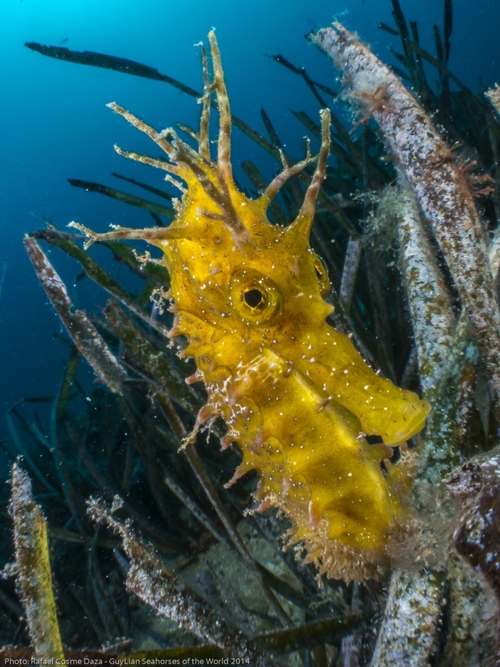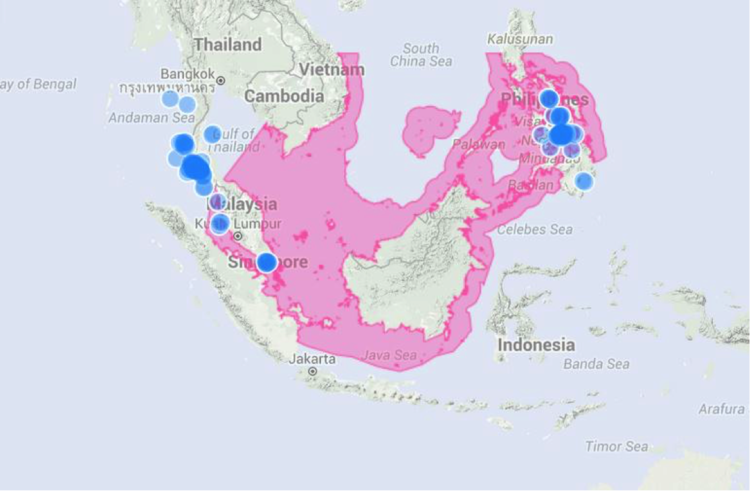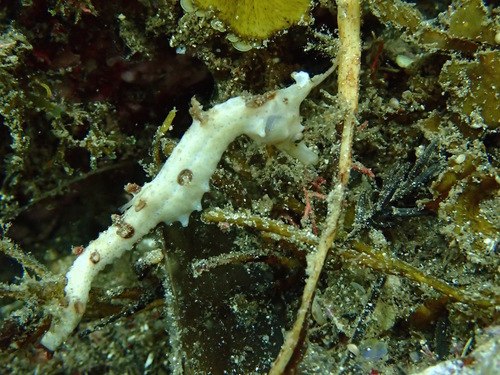 iSeahorse turns two this month! Since its launch in October 2013, our pioneering citizen science and conservation program has inspired new scientific discoveries, increased public awareness, and generated important new protections for seahorses.
iSeahorse turns two this month! Since its launch in October 2013, our pioneering citizen science and conservation program has inspired new scientific discoveries, increased public awareness, and generated important new protections for seahorses.
Thanks to the enthusiasm and dedication of our iSeahorse users, we’ve increased the number of people studying and protecting wild seahorses from a few dozen experts to over 1,000 citizen scientists and advocates on five continents. Together we’re building a truly global network for seahorse science and conservation.
This is a very good thing for seahorse populations all over the world.
Since the launch, we’ve received over 1,600 wild observations of a total of nearly 2,500 animals. More than 15% of all observations have occurred outside the known range of the given species. In other words, iSeahorse is changing what we know about where different seahorse species live in the world. This affects how we study and how we protect them.
The many out-of-range tiger tail seahorse (H. comes) sightings we’ve received, for example, have caused us to rethink that species’ range. There are others: Lenny Kim spotted a weedy pygmy seahorse (H. pontohi) for the first time ever in the Philippines, while Nedia Coutinho discovered a lined seahorse (H. erectus) in Canadian waters for the first time in decades. Both observations received coverage in national media and helped educate the public about the issues.
Even more importantly, iSeahorse is generating action for seahorses.

This map illustrates the range expansion suggested by iSeahorse observations for the tiger tail seahorse (H. comes). Blue dots represent iSeahorse observations for the species, and pink shading represents the previously known range. The range is now thought to extend almost 1000 km further northwest than originally thought, into areas that face pressures from fishing and tourism. Riley Pollom/Project Seahorse
We’ve recruited 10 dedicated seahorse population monitors in nine countries around the world — Thailand, Cambodia, Spain, Mozambique, Tanzania, South Korea, Australia, Philippines, and United Arab Emirates. They are tracking the health of local populations over time and monitoring threats. They are poised to raise the alarm for action when there are sudden changes in local seahorse numbers or habitats — an early global warning system for seahorse conservation.
We’re also thrilled to announce that iSeahorse has prompted the creation of a marine protected area (MPA) in Bohol, Philippines, adding to Project Seahorse's total of 35 in the region. Our team is still working out the details, so stay tuned for more news very soon.
As we embark on year three of this ambitious venture, we here at Project Seahorse would like to thank all of our citizen scientists, conservationists and everyone who supports iSeahorse for your amazing dedication. We’re also grateful for the support of Guylian Belgian Chocolate, our major sponsor, as well as our partners - the University of British Columbia, Zoological Society of London, John G. Shedd Aquarium, and Whitley Fund for Nature.
Together, we’ll make sure that these mysterious and important animals are healthy and thriving the world over.
Want to receive all the latest news from iSeahorse and Project Seahorse? Join our quarterly newsletter today!
(We respect your privacy and won't share your email address with other organizations or individuals.)
 This month’s featured observation is a first for iSeahorse. While shore diving off of Oki Island in the Sea of Japan, iSeahorse user Bonnie Waycott managed to spot a seahorse that we haven’t yet had reported to our database – the high-crowned seahorse, Hippocampus coronatus.
This month’s featured observation is a first for iSeahorse. While shore diving off of Oki Island in the Sea of Japan, iSeahorse user Bonnie Waycott managed to spot a seahorse that we haven’t yet had reported to our database – the high-crowned seahorse, Hippocampus coronatus.











